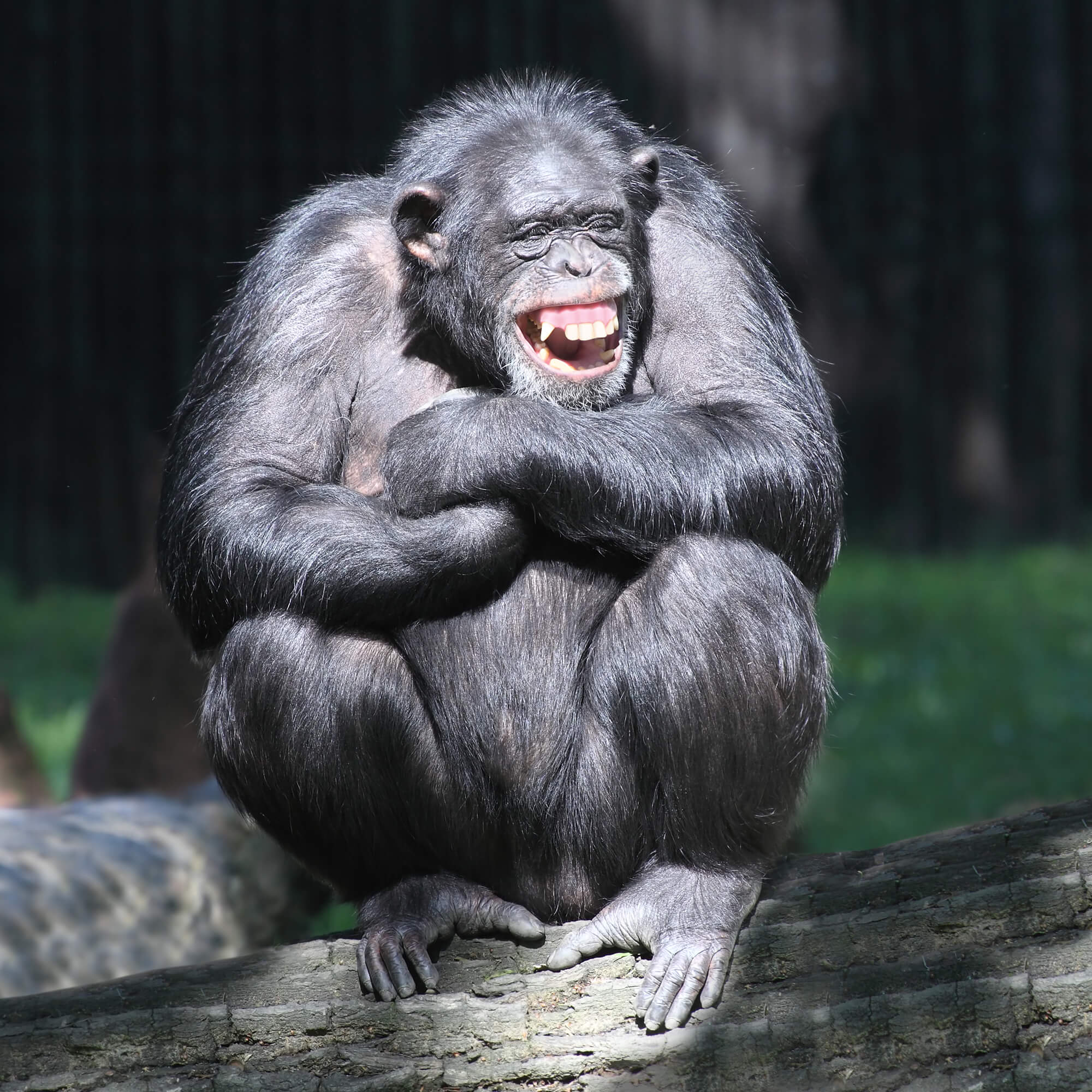A joint study by researchers from the Hebrew University and Yale University makes it possible for the first time to examine whether awareness and unconscious processes should be lived

The distinction between the conscious and the subconscious is a cornerstone of Western culture. Human consciousness is often seen as the pinnacle of evolutionary creation. It enables emotions, motivations, decision-making, and long-term planning. Consciousness is often seen as the one that turns us from just an animal, into a particularly talented animal, which apparently rules the world today - for better or for worse. But do all animals have consciousness? Every cat, dog or fish owner will swear that their pet has consciousness. But how do you know?
A joint study by researchers from the Hebrew University and Yale University makes it possible for the first time to examine whether awareness and unconscious processes should be lived. The study was published in the journal of the American Academy of Sciences, PNAS, It is part of a collaboration between the laboratories of Prof. Lori Santos and Prof. Steve Chang at Yale University, who study cognition and behavior processes in monkeys and dogs, and the laboratory of Prof. Ran Hassin from the Department of Psychology at the Hebrew University, who specializes in conscious and unconscious processes in humans. Dr. Shai Ben-Haim, who conceived the study and carried it out, is a joint postdoctoral fellow of Yale University and the Hebrew University.
In order to try to distinguish between the two perception processes in the monkey, the researchers used special tasks, in which the conscious processes lead to completely opposite results from those of the unconscious processes. Dr. Ben-Haim: "First we ran the experiment on people, and then on monkeys. We presented the subjects with a stimulus that appeared as a star on one of two sides of a screen. All the subjects have to do in order to win a prize (juice, for the monkeys and points for people) is to look at the other side of the screen. That is, if the star appeared on the right - they had to look to the left, and vice versa if the star appeared on the left.
"We had two conditions. In one, the star was presented so that subjects saw it consciously. In the second condition the stimulus was presented very quickly, so that it did not have time to reach awareness. We found that when the stimulus is conscious, people learn the rule very quickly. But if the stimulus is unconscious, not only do subjects fail to behave according to the rule, but the stimulus "sticks" them in the side of the star. In other words, in this experiment, conscious stimulation improves performance, and unconscious stimulation reduces performance." The main interest in the research was in running the experiment, for the first time, on monkeys, and he discovered that the results in monkeys are very similar to those in humans. In one condition of the experiment the monkeys quickly learn to use the stimulus, and in the other condition the stimulus disturbs them. Dr. Ben-Haim: "This pattern suggests that monkeys also have conscious and unconscious processes, just like us."
"The research teaches us that we are not the only species that perceives the world consciously, and that the processes of conscious and unconscious perception are probably the well-being of other species," Dr. Ben Haim explains the importance of the results. "Since we observe two different types of perception in both humans and monkeys, this is evidence that these two types of perception probably have functional importance."
"The fact that in humans, both conscious and unconscious processes exist at the same time, is very important not only in culture, but in the most basic understanding of human behavior," says Prof. Hassin. "The current study opens an opening to examine and evaluate the contribution and importance of these two systems in other animals as well," he added.
More of the topic in Hayadan:
